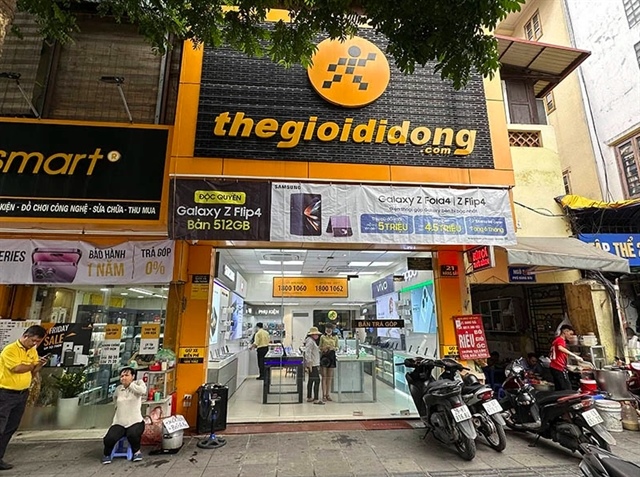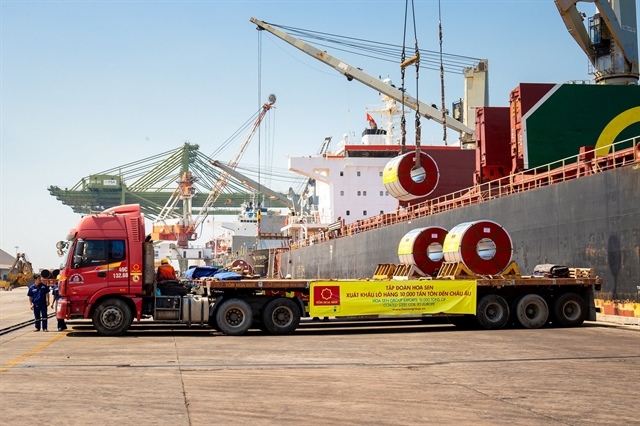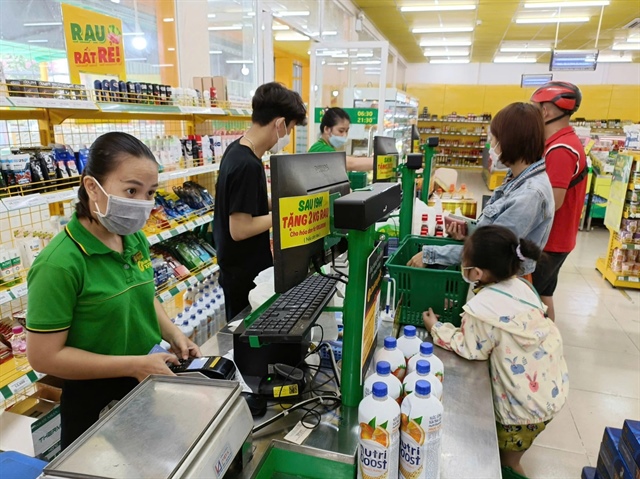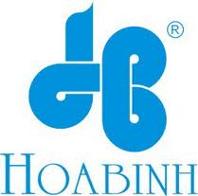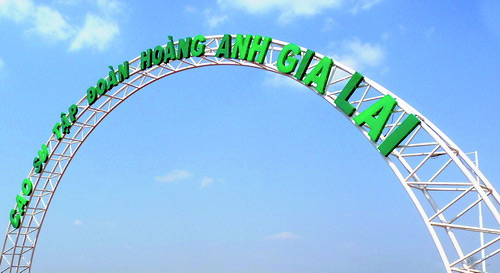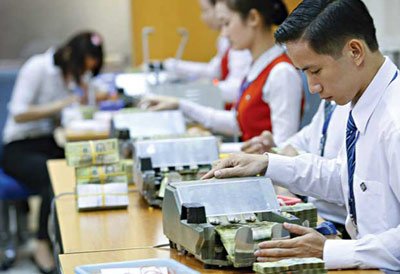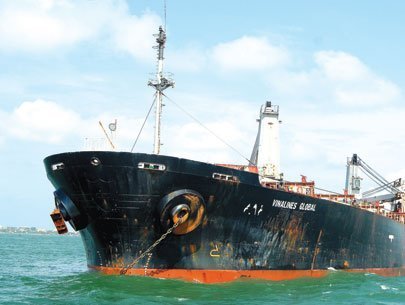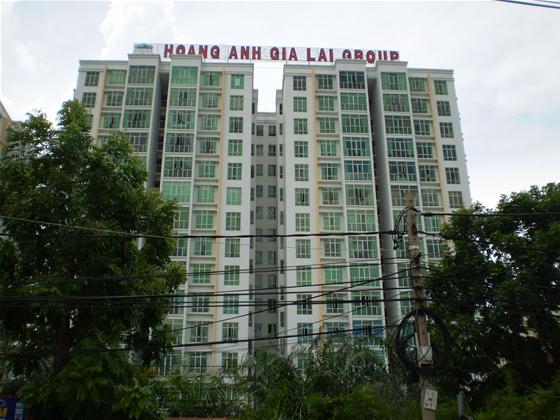Moody's confirms Saigon-Hanoi Bank's ratings and revises outlook to negative
Moody's confirms Saigon-Hanoi Bank's ratings and revises outlook to negative
Moody's Investors Service has today confirmed Saigon-Hanoi Commercial Joint Stock Bank's (SHB) B2 deposit and issuer ratings, as well as its standalone financial strength of E+, which equates to b2 on a long-term scale. At the same time, Moody's revised the outlook to negative from under review for a possible downgrade. This concludes the review for downgrade initiated by Moody's on 11 May 2012. The Not-Prime short-term ratings were not subject to the aforementioned review and remains unchanged.
RATINGS RATIONALE
Following SHB's recent acquisition of Hanoi Building Commercial Joint Stock Bank (Habubank: not rated), the confirmation of SHB's ratings reflects Moody's view on (i) the merged entity's plans to clean up and make provisions for its substantial bad debt exposures especially to the troubled Vietnam Shipbuilding Industry Group (Vinashin); (ii) the negligible cash outlay for the acquisition as the purchase consideration will be carried out through a share swap agreement; and (iii) the improvement of funding observed, year-to-date, on the combined entity.
At the same time, the revision of the outlook to negative from under review for a possible downgrade reflects Moody's view of the continued uncertainties surrounding the bank's merger with Habubank, particularly as regards to the future direction of asset quality of the merged entity and the sufficiency of profits to absorb the significant provision requirements resulting from Habubank's comparatively weaker loan book. Even though the current rating levels incorporate a degree of expected further deterioration in the SHB's financial metrics and operating environment, assessing the extent to which credit metrics could deteriorate more than expected post-merger requires a longer monitoring period of between 12 to 18 months.
Moody's said that the negative outlook was warranted principally by the weak credit profile of Habubank and the materiality of the transaction relative to SHB's , creating downward pressure on the credit quality of the bank and, ultimately, on the merged entity compared to the relatively healthier profile of SHB pre-merger.
SHB's reported non-performing loan (NPL) ratio was 2.2% at end-2011, while Habubank's NPL ratio was 4.4% at the same year-end. In addition, if loans to the troubled Vinashin were included, Habubank's NPL ratio would be 16.7%. But we understand the risks to the merged entity's exposure to Vinashin will be mitigated to some extent with full provisioning to be made over a five-year period. In addition, all Vinashin loans are backed by collateral, portions of it deemed recoverable over the next 6 to 12 months.
However, it remains to be seen if the merged entity will be able to generate sufficient net income in 2012 to cover the anticipated worst-case scenario provisions of around VND1.8 trillion, which include provisions for Vinashin exposures (amortised over five years), and other distressed loans. Already, Habubank's profitability metrics are weaker than that of SHB, with an estimated net income-to-average risk weighted assets ratio of less than 1%, while that for SHB was 2.3% for 2011.
On the capital front, we understand the purchase consideration for Habubank will be carried out through a share swap agreement, whereby shares will be swapped at a rate under which one share of Habubank will be converted into 0.75 share of SHB. SHB will issue 405 million new shares for this purchase at par value of VND10,000 per share amounting to additional Tier 1 capital of VND4.05 trillion in 2012. The combined Tier 1 capital ratio for the merged bank is estimated to be around 13.3%, unchanged from the 13.2% for SHB at end-2011.
Separately, the liquidity ratio of Habubank is substantially weaker than that of SHB, with a gross customer loans-to-gross customer deposits ratio of 120% at end-2011 for Habubank, compared with that of 84% for SHB at year-end. We note that, based on unaudited 1Q2012 financials, these ratios have somewhat stabilized to 90% and 75%, partially due to the numerator effect of slower loan growth registered year-to-date.
Besides the distressed credit profile of the entity with which it is planning to merge, we anticipate that SHB's management will be challenged by the magnitude of the transaction and the limited synergies. Habubank is equivalent to no less than 58% of SHB's total assets. The 12 to 18 month outlook period of SHB's ratings will evaluate the financial impact of this relatively large transaction on the bank's creditworthiness.
WHAT COULD MOVE THE RATINGS UP/DOWN
An upgrade is unlikely in the near term, given the negative outlook. However, Moody's says that in the medium term, a change in outlook back to stable could develop following (i) an improvement in the merged bank's funding profile such that its loan-to-deposit ratio falls below 90%; (ii) an improvement in the merged entity's post-provision income levels such that its net income-to-average risk weighted assets is above 2%; and/or (iii) continued growth in its business base and franchise post-merger without compromising its risk profile.
The ratings could be lowered if there is (i) a significant deterioration of the combined entity's liquidity position such that its loan-to-deposit ratio rises above 120%; (ii) continued high economic NPLs, which are not adequately resolved, such that credit losses exceed current provisioning assumptions; and if NPL ratios for the combined entity rise above 5%; (iii) insufficient profits generated by the merged entity -- to take into account provisioning for economic NPLs -- such that net losses are incurred for the year; and (iv) a greater-than-expected deterioration of the economy that would exert additional pressure on the merged bank's capital such that Tier 1 ratios falls below 8%.
moody's


